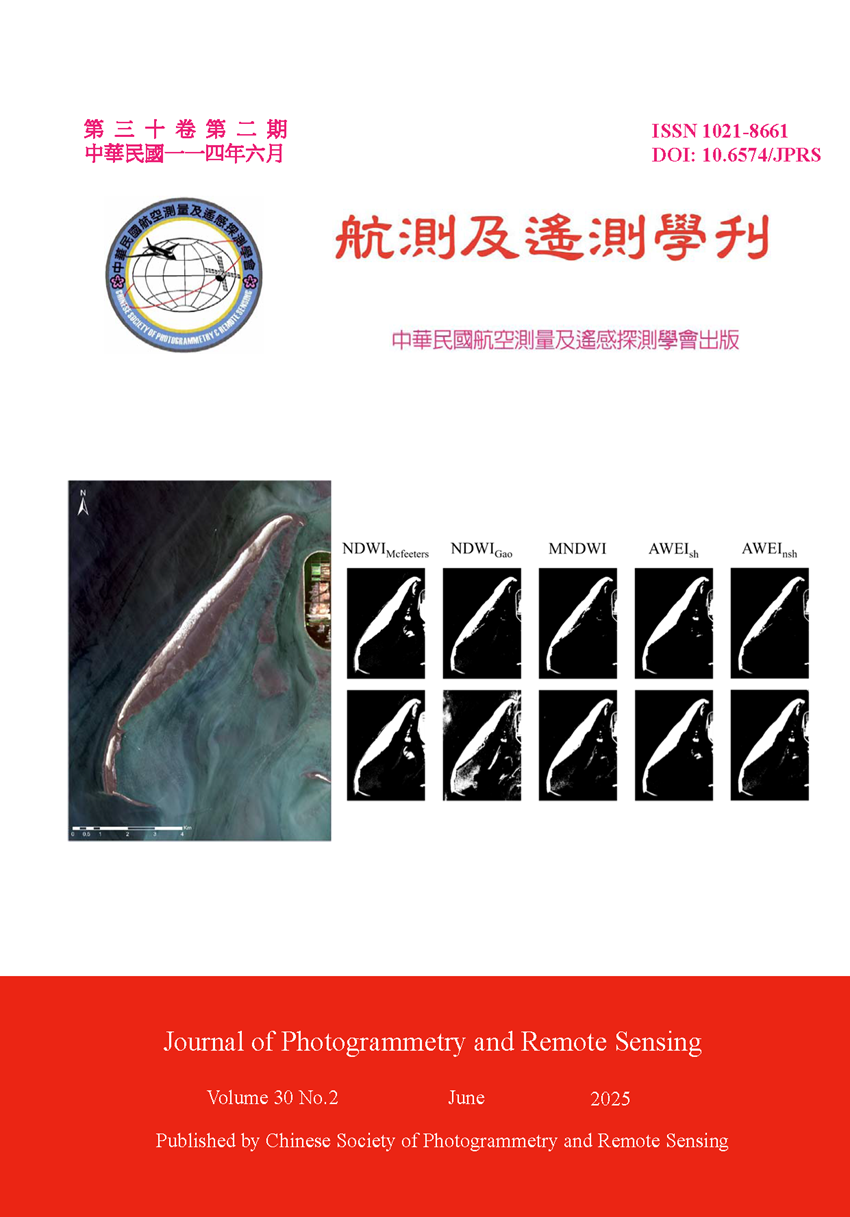With the advancement of UAV and image analysis technologies, precision agriculture has become a key strategy for enhancing productivity. This study uses high-resolution UAV imagery to evaluate three machine learning and three deep learning models for detecting rice paddy plots in Yilan County, Taiwan.
Among the machine learning models (BPNN, logistic regression, and the C5.0 decision tree), the BPNN performed best, achieving 95.62% accuracy and a Kappa coefficient of 0.912. In the deep learning category (AlexNet, VGG16, and VGG19), VGG16 yielded the highest performance with 93.83% accuracy and a Kappa of 0.894 using RGB bands and basic enhancements bands.
Although certain machine learning models demonstrated slightly higher accuracy, they required complex and time-consuming feature engineering. In contrast, deep learning models produced competitive interpretation results using only RGB bands and simple enhancement techniques. These findings demonstrate the superior capability of image-based (2D) convolutional neural networks (CNNs) in land cover interpretation and highlight their strong potential for application in agricultural environmental surveys.
